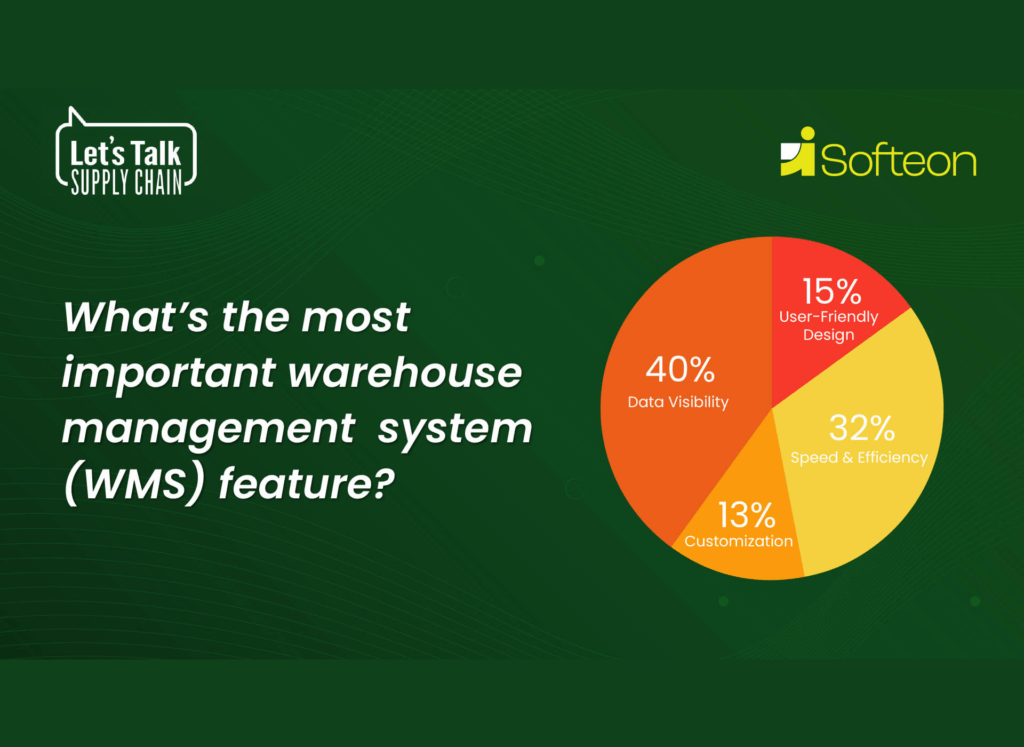By: Shyam Krishna, Vice President of Healthcare Solutions, Softeon
More than 10 years ago, Congress passed the Drug Supply Chain Security Act (DSCSA). The law was designed to protect and improve patient safety and prevent consumers from exposure to drugs that may be counterfeit, stolen, contaminated or otherwise harmful. Supply chains became safer and more efficient. But up until now, the fact is that the new DSCSA 2023 act which came into effect last November, has never been fully enforced. It has not been enforced because manufacturers and distributors kept making the case that they lacked the resources, tools, processes and systems to come into full compliance, besides other operational issues.
As of November 27th, 2024, time’s up. And the industry needs to be ready for enforcement of full interoperable electronic unit-level traceability for all stakeholders in the pharmaceutical supply chains. Dispensers must only receive and ship/dispense serialized products and must verify all standard numerical identifiers (SNI).
Congress originally passed the DSCSA in 2013. The law demands a lot from wholesale distributors and third-party logistics (3PL) providers. These companies will have to not only meet national licensing requirements, but will also have to report serialization information periodically, annually or on a demand basis to the Food and Drug Administration (FDA). The demand could be due to recalls, audits on inventory, audits of receipt and distribution of drugs from one business entity to the other until consumed.
Phase 1 of the DSCSA was implemented in the 2014 to 2015 time frame and required that companies be able to trace lot or batch level including sharing chain of ownership and custody information. Lot numbers must be printed on the packaging, and dispensers were to provide transaction information (TI), transaction history (TH), and transaction statements (TS) in order to declare chain of custody information. In the final phase of DSCSA, which went into effect November 2023, the serialized item level traceability requirements began. The requirements is for traceability of lot, batch, expiration numbers, and serial numbers at every packaging level. The traceability is required whether we’re talking about the entire pallet or what’s inside the pallet.
On the ground, the requirements of the law will be especially demanding. Consider a pallet that contains 100 inner cartons of pharmaceutical products – with 10 or 100 of those put into an outer case, and multiple such cases palletized and shrink-wrapped to be shipped to a distributor’s warehouse or finally to a pharmacy store or directly shipped to the end consumer. The pallet typically should carry a SSCC-18 standard label and will travel from the manufacturer to the distributor thru TL, LTL or small parcel to the distribution center or warehouse, and then to the store, and finally to the end consumer. In accordance with the DSCSA, the FDA is going to require at every point in the process that those in the supply chain, ensure product tracing at the package level, verify the product (by product code, lot, expiration number, or serial number), enable prompt response to any suspicious or illegitimate products when found during inspection, and finally track saleable returns.
The law demands that all entities in the supply chain track the aggregations of package identifiers (serial numbers), status/disposition of that medicine at every point in the supply chain. This includes a reporting of serial numbers and dispositions to a national serial number repositories which provides the system of records for track and trace. Examples of status is “sellable”, “sellable returns”, “destroyed” “in transit” and so on.
When the law was supposed to come into effect by November 2023, manufacturers, distributors, re-packagers, and other entities subject to DSCSA made the representation that they had several issues with it. The companies said they lacked the capacity to report every single serial number identifier as part of the aggregations of “parent & child packages” of a pallet or an outer case/handling unit, and that it would take considerable time to upgrade their software and processes to handle such a requirement, not to mention inbound and outbound audits and verification processes. The pandemic complicated issues further. The FDA then provided them a one-year extension prior enforcement.
Come November 2024, enforcement goes into effect.
This is where the next generation of warehouse management systems (WMS) designed for the pharmaceutical and life sciences vertical help keep you compliant. WMS companies have been hearing from the supply chain industry over the last several years that they urgently needs software capabilities to handle these important requirements. There are industry-leading WMS providers that are already putting strategies and plans in place so that their clients are ready and compliant when the DSCSA enforcement comes.
Companies involved with any step of this process need a WMS partner that is knowledgeable and reliable. Companies need to look for WMS solutions that provide the capacity to do all the new reporting after the drugs are picked, packed, and shipped. It’s also important to consider WMS vendors that have “ready” integrations with serial number repository managers in every country. Note that there will be differences in the standards between the United States and the European Union, which has its own DSCSA equivalent like FMD that works a little differently.
The WMS providers need to the ability to handle temperature-sensitive and time-sensitive inventory – both of which are critical when shipping drugs. Cold chain logistics is a key factor when it comes to manufactured drugs and newer biologics medications may require stringent rules of shipping and handling. A matter of just a few minutes of non-compliances in areas like “time out of refrigeration” or whether a case out of a ultra-freezer should be thawed or not before shipping and handling are critical. Such decisions and WMS workflows, if not designed properly, can cause a drug to expire or become unusable.
All these factors are very crucial to keep in mind. Legacy WMS can become very complicated and prohibitively costly to change or upgrade in this new paradigm. The new paradigm includes updated serialization requirements and advancements in supply chain automation and robotics. The automation and robots should also handle product, lot, serial, and expiration data during inbound and outbound serialization audits.
A WMS that doesn’t account for “fast and accurate” configurable or changeable workflows, will leave the company and the end user in a bad place. This can get compounded due to the accelerated advancement of drug discovery, manufacturing and distribution, due to generative AI enablement as well.
Onboarding is another factor to keep in mind. All WMS providers have onboarding processes, but companies need to be aware that a WMS partner has to understand your unique business needs and requests, making this step a crucial one. Time is of the essence, and a smooth process to quickly and correctly onboard users is paramount as full serialization enforcement is also less than nine months away.
Partnering with a modern, ERP/automation agnostic, and a flexible WMS provider allows for companies to adjust in real-time. Flexible WMS solutions allow the ability for companies to scale for growth. One merger and acquisition can take a pharmaceutical company on a high growth trajectory but also get into major supply chain disruptions if the speed and agility of onboarding compromises accuracy and quality. This could happen, for example, when a new biologics or a newly targeted drug manufacture or startup is acquired. The merged entities will have considerable problems with compliance and execution when being integrated to the host systems of the pharma entities acquiring them, if the host system is a legacy WMS with no agility and flexibility in onboarding. It is also desirable that the onboarded entity becomes good automated manufacturing practice (GAMP) compliant quickly along with other compliances along with the new DSCSA act, like cold chain, license verification, controlled substances ordering/reporting, hazmat and more.
Any company that is thinking of developing their own features to bolt-on to its existing WMS software to handle compliance with the new DSCSA needs to realize it may be too late to play catchup to meet the enforcement time lines. Bolting on capabilities to a legacy WMS can cause significant pain in customizing, testing all other sub systems, and workflows/processes along with the updated serialization requirements.
Shyam Krishna is Vice President of Healthcare Solutions for Softeon, a WMS provider focused exclusively on optimizing warehouse and fulfillment operations. For over two decades now, we have been helping our customers succeed. Investing in R&D enables us to develop software to solve the most complex warehouse challenges. Softeon is laser-focused on customer results, with a 100% track record of deployment success. We believe warehouse leaders shouldn’t have to settle for a one size fits all approach to technology. For more information, please visit www.Softeon.com.




